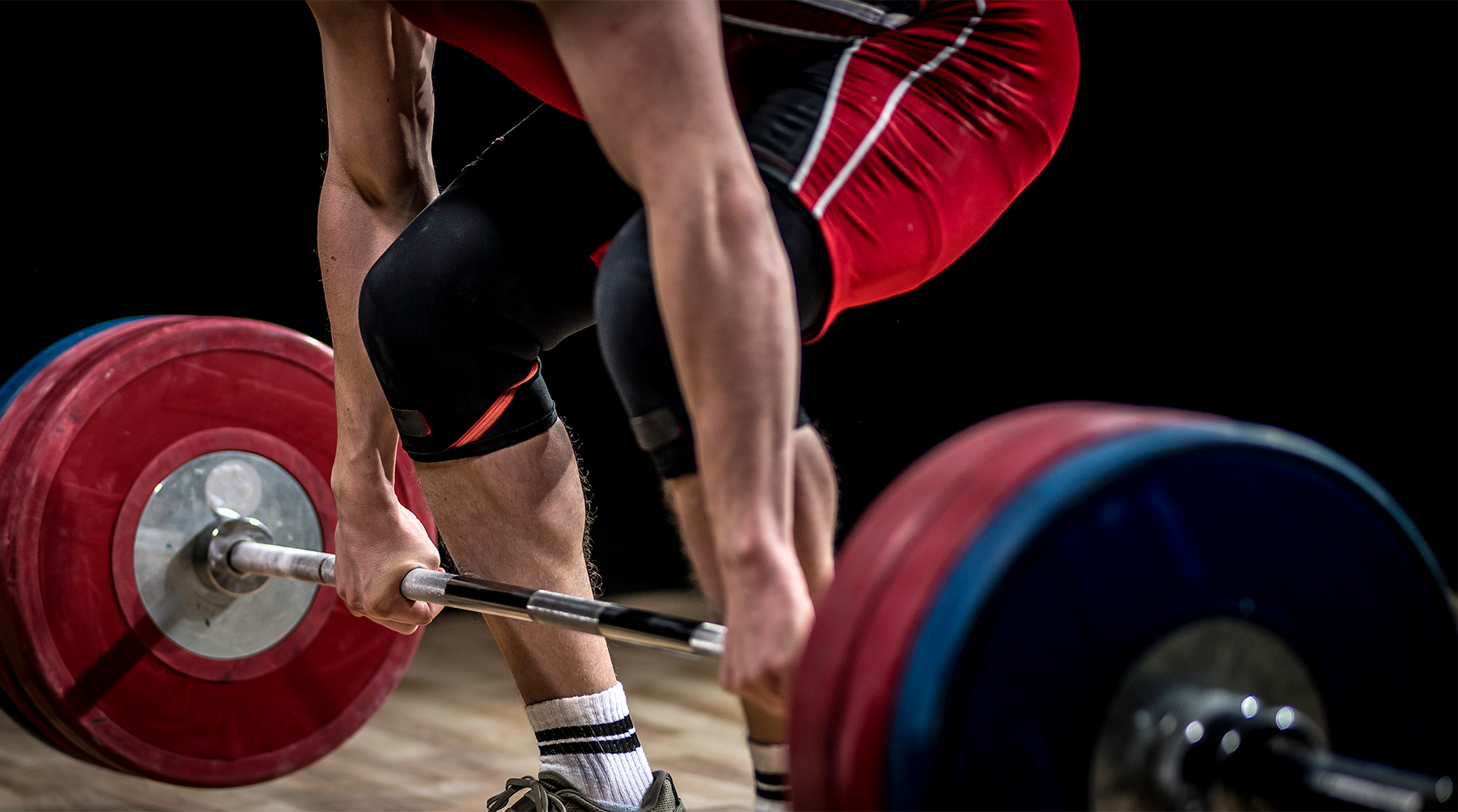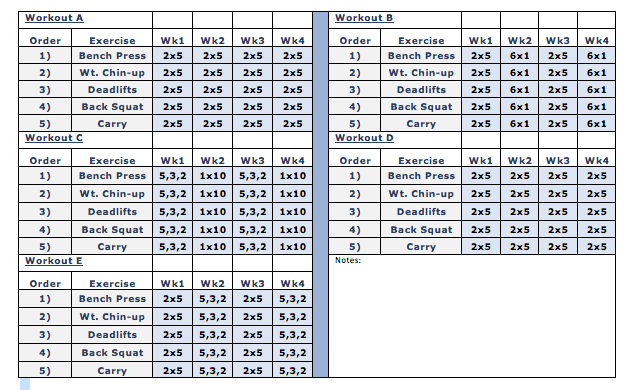
Strength. We all want it, and many of us will go to great lengths to obtain it. Strength and the ability to be strong will find its way into all of our lives, from weightlifting in the gym to all the activities of daily living (ADLs). It was once explained to me that you should picture your absolute strength as a bucket; the bigger the bucket (the stronger you are), the more things you can put into the bucket. Aspects of health and fitness such as mobility, endurance, agility, and power can all be better developed and improved with the presence of strength. To put it simply: be strong—be better.
Of course you can google “how to get strong,” and you will find no shortage of philosophies and program theories to wade through to answer that question. Some may actually be safe and useful, but who can you trust these days? I tend to learn from those who have “been there and done that” and continue to do it because of a high success rate of most-wanted outcomes.
Get Strong Tips from Dan John
Dan John is one of the top fitness coaches, and I never miss a chance to hear him speak or read his weekly newsletters. I have learned so much from reading his materials and implementing his principles into my training and the training of others. Dan will be the first to tell you that he continues to learn from people like Pavel Tsatsouline and many others. Dan believes his tips are an “easy” way to get strong.
Following are six of his expert tips that I have integrated into my training (and the training of those I work with).
- Lift heavy. This seems obvious, but it really is where it all begins. If you lift heavy weights to get strong, you have to challenge the system and force it to adapt. Without adaption, there will be no gain.
- Perform the fundamental human movements. There are some variances in what is believed to be fundamental, depending on who you talk to. But I believe those movements are Squat, Hinge, Push, Pull, and Carry.
- Keep sets and reps low. I love Dan’s “Power of 10” rule: never go over 10 total reps for any exercise. For example, 2x5, 5x2, 3x3, 6 singles, 5, 3 and 2.
- Stop your set and workout before fatigue. Stay fresh and leave some energy for the next training session.
- Don’t even struggle. Choose the proper load so that you can finish each rep with integrity, not sideways and crooked.
- Never miss a rep. Choosing a load that you are 100% confident you can make can be hard for some. Most of us want to challenge the limits with every rep and set. Refrain from that for true gains.
A Challenge to Prepare for Powerlifting Competitions
Following these tips, from time to time I will cycle in my training what Dan refers to as the 40-Workout Strength Challenge. I wanted to share a program that I learned from Dan that added 10 pounds to my bench, 30 pounds to my squat, and 50 to my deadlift. Dan also has seen a few PRs fall in both throwing and weightlifting competitions. I am a big believer in the program’s concepts and simplicity. We are very good at overcomplicating things when it is not necessary. Here you work on fundamental movements all the time, and you make sure you hit every rep. This could be a great challenge for you leading into the competition; however, just like anything else, it might not work for everyone. Here’s the setup:
- Pick one exercise from the fundamental human movements described above. If competing is your goal, I would suggest a back squat, bench press, and deadlift. Add in a chinup and a farmer’s carry and you are good to go.
- Perform these exercises for the first 10 workouts every training session with varying sets and reps.
- Never miss a rep, and if the weight feels light, add more weight.
- After the first 10 workouts you can repeat them 3 additional times or make small changes to the movements every two weeks (for example, change to an incline bench, front squat, rack pulls, barbell bent-over rows, and racked carry). There are far too many examples of exercises and combinations to list here; I would suggest scheduling a personal program session with a NIFS instructor to help you out.
Here is how I set up my challenge that may help you develop yours. I can’t stress enough that this is what worked for me. It may not work for you, but it could be well worth the try.
I found that after completing this 40-workout challenge, not only did I add pounds to my big lifts, but many of the other tasks in my life became easier. The other aspect of this challenge I really, really liked was that due to its simplicity, I can turn my brain down a bit and just lift. It provided that escape from our day-to-day tasks that I think we all need from time to time.
This blog was written by Tony Maloney, ACSM Certified Exercise Physiologist and Health Fitness Instructor. To find out more about the NIFS bloggers, click here.
